|
LISTEN TO THIS THE AFRICANA VOICE ARTICLE NOW
Getting your Trinity Audio player ready...
|
A wave of violence swept through the Cité Soleil neighborhood of Haiti’s capital Friday and Saturday December 5 and 6, 2024, leaving at least 110 elderly people brutally murdered, according to the National Human Rights Defence Network (RNDDH).
The killings were reportedly orchestrated by a local gang leader who blamed elderly residents for the death of his son, following accusations of witchcraft. The gruesome events unfolded in the Wharf Jérémie area, a stronghold controlled by gang leader Monel Felix, known as Mikano. According to human rights groups, Mikano had sought the guidance of a voodoo priest after his son fell mysteriously ill and later died. The priest allegedly pointed to elderly locals practicing “witchcraft” as the cause, prompting Mikano and his gang to target them in a deadly rampage.
Witnesses described how gang members stormed the area, seizing scores of residents aged over 60 from their homes. Victims were rounded up, then either shot or hacked to death with machetes. Some bodies were mutilated and set on fire in the streets, creating scenes of unimaginable horror. Reports indicate that 60 people were killed on Friday, followed by another 50 on Saturday.
While most of the victims were elderly, some younger individuals who attempted to shield them were also killed, according to RNDDH. Survivors said those believed to practice voodoo were specifically targeted, further stoking fear and mistrust in the community.
The massacre highlights Haiti’s descent into chaos, with gang violence spiraling out of control since the 2021 assassination of President Jovenel Moïse. Over 5,000 people have been killed this year in gang-related violence, according to the United Nations. Gangs now control 85% of Port-au-Prince and vast areas of the countryside, forcing more than 700,000 Haitians, including children, to flee their homes. Many are living in displacement camps, vulnerable to further violence and sexual exploitation.
In Wharf Jérémie, Mikano’s gang forms part of the powerful Viv Ansanm alliance, which dominates much of the capital. The area, though small, is strategically significant and difficult for security forces to penetrate, according to Romain Le Cour Grandmaison, an expert on Haitian gang dynamics with the Global Initiative Against Transnational Crime (GI-TOC). Residents are often trapped in these gang-controlled zones, with news of atrocities slow to emerge.
Last weekend’s massacre is among the deadliest incidents in a year marked by escalating violence. In early October, another massacre claimed 115 lives in the town of Pont-Sondé in the Artibonite region, where the Gran Grif gang retaliated against locals for resisting extortion.
The situation has become so dire that sexual violence, including gang rape, is commonly used to terrorize communities. A recent report by Human Rights Watch highlighted the lack of accountability for these crimes, painting a grim picture of a nation where the rule of law has all but collapsed.
Attempts to restore order have so far proved ineffective. A Kenyan-led multinational security mission, deployed in June to support the Haitian National Police, remains underfunded and ill-equipped to confront heavily armed gangs. Meanwhile, Haiti’s Transitional Presidential Council, tasked with organizing elections and restoring democratic governance, has made little progress amid internal turmoil.
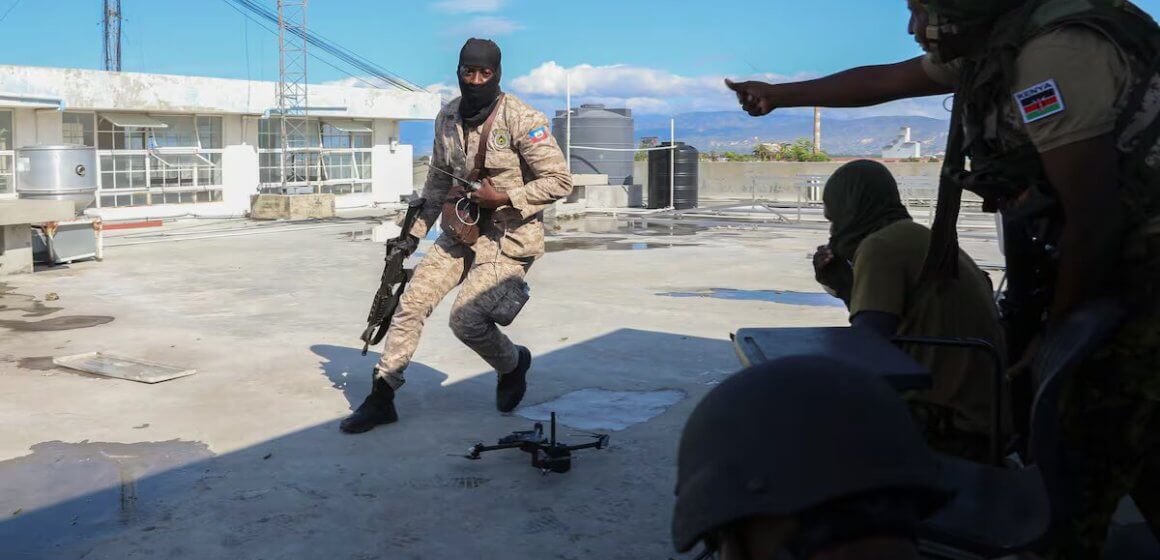
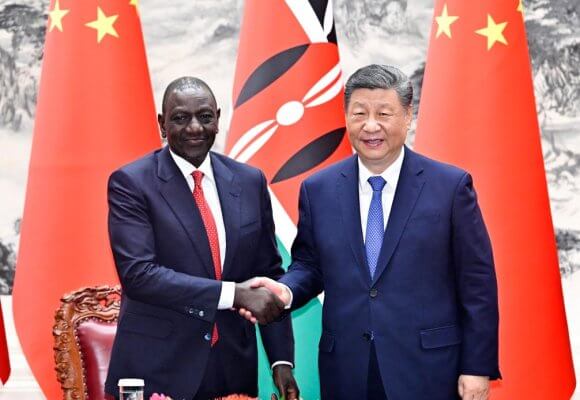
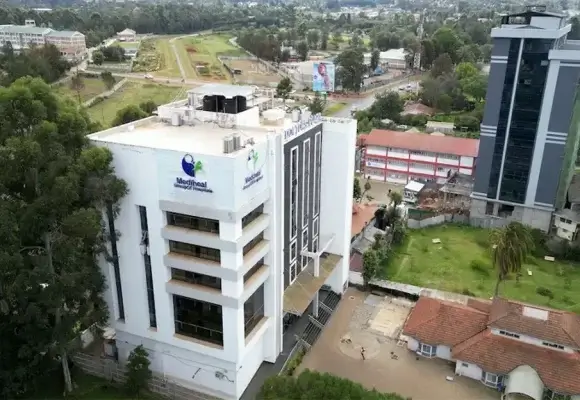
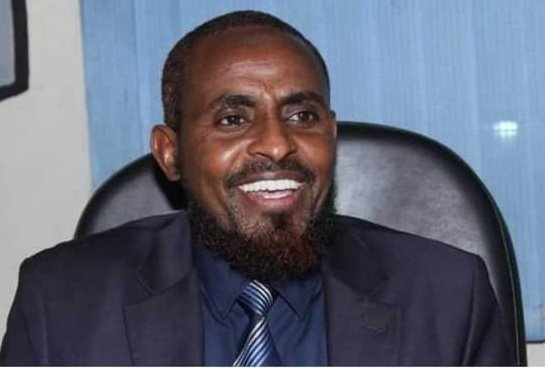



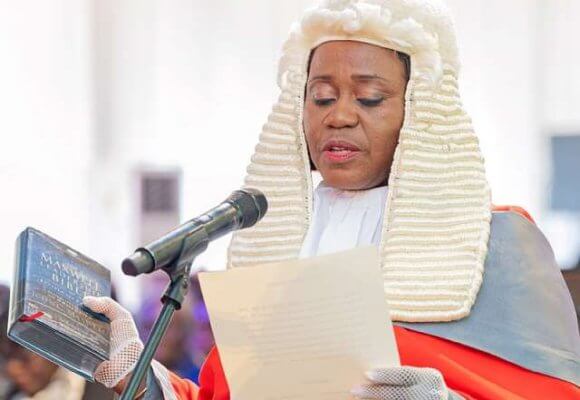


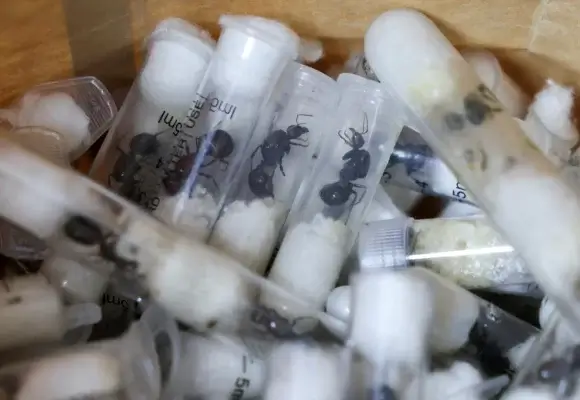
LEAVE A COMMENT
You must be logged in to post a comment.